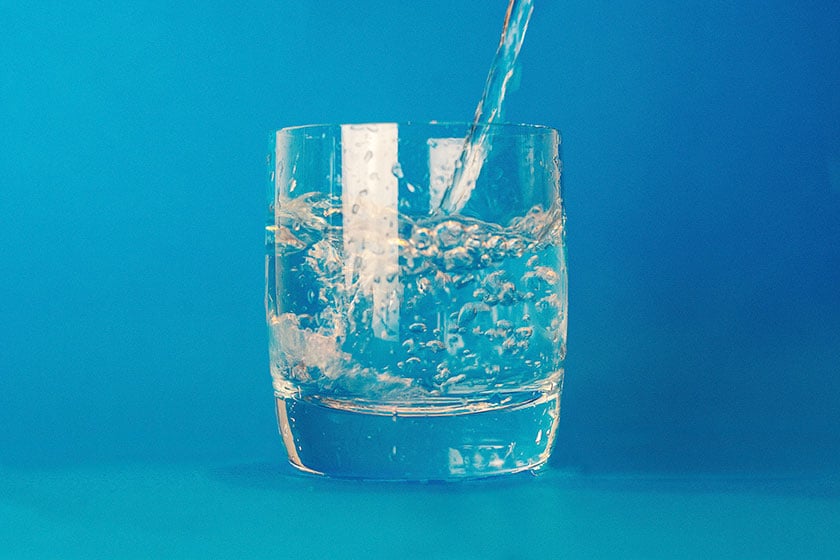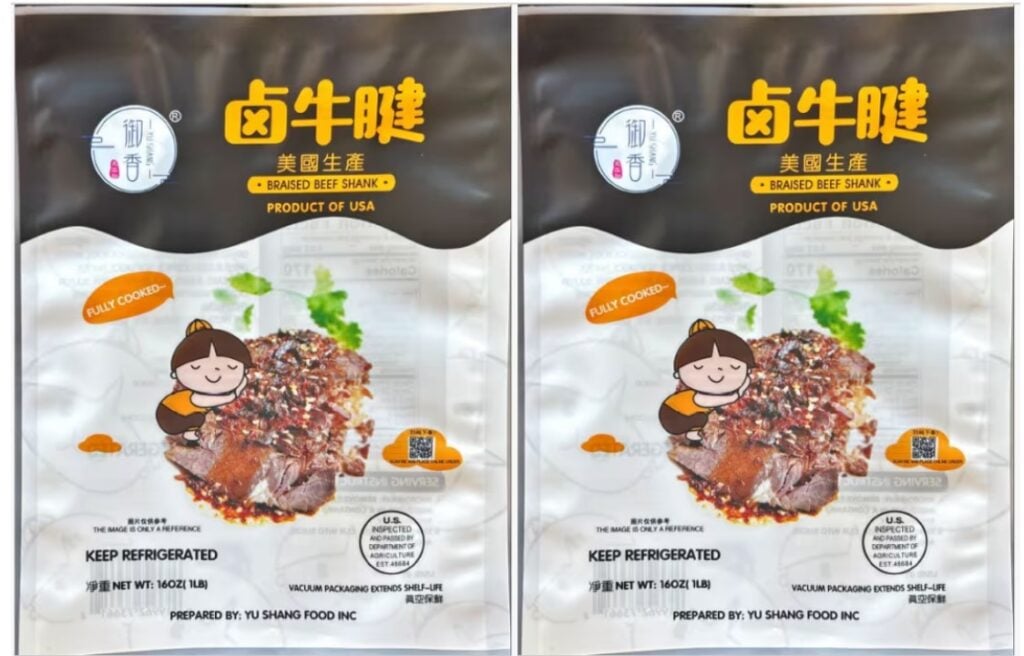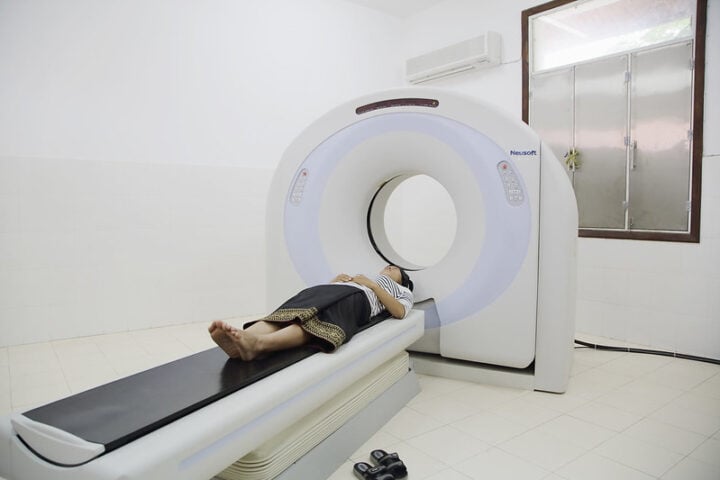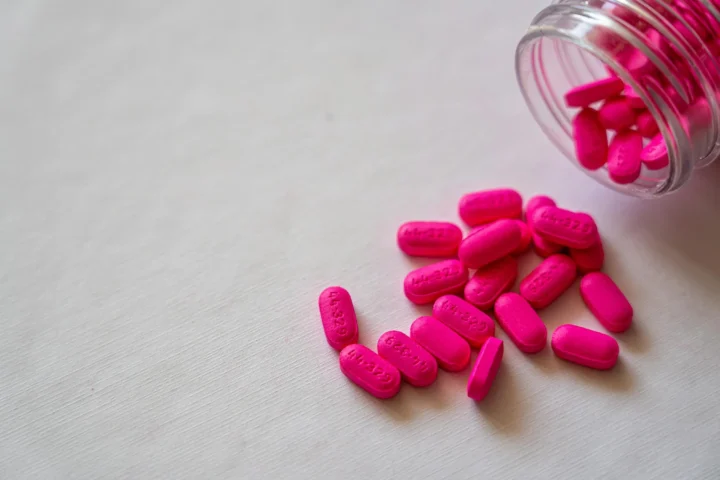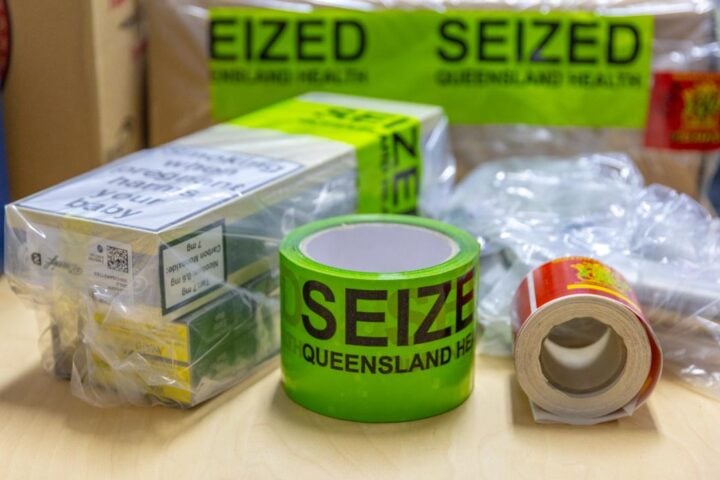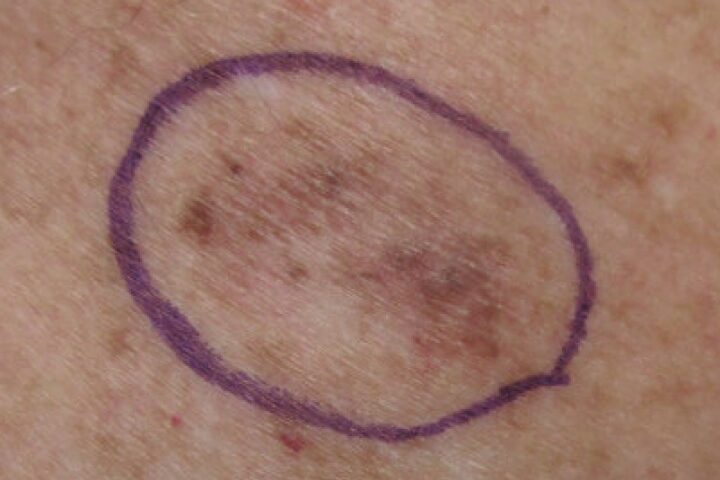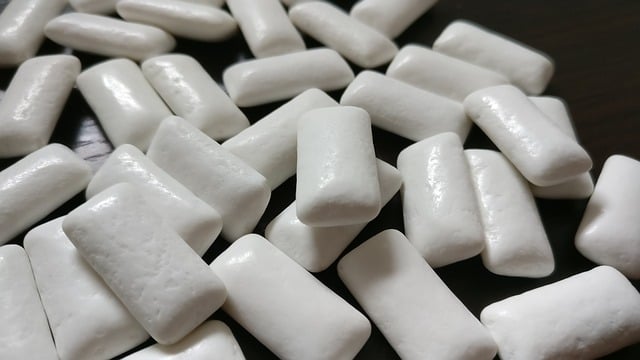Scientists have identified a chemical that has been noticed in American tap water samples since the 1980s – chloronitramide anion. This chemical, found in water systems serving about 113 million Americans, comes from chloramine, a common water disinfectant used to kill harmful bacteria.
After decades of detective work, researchers from the University of Arkansas and their international collaborators finally pinned down this elusive compound. While its presence isn’t cause for immediate alarm, scientists want to study its potential health effects quickly.
“We need to investigate it. We don’t know the toxicity,” says Julian Fairey, environmental engineer and associate professor at the University of Arkansas. “This work was 40 years in the making in terms of trying to identify the compound, and now that we have identified it, we can delve into how toxic is this thing.”
The research team found chloronitramide anion in all 40 water samples they tested from 10 U.S. water systems across seven states. The levels reached as high as about 100 micrograms per liter (μg/l), which surpasses the typical regulatory limits of 60 to 80 μg/l for many disinfection by-products.
“We looked for it in 40 samples in 10 U.S. chlorinated drinking water systems located in seven states. We did find it in all the samples,” confirms David Wahman, research environmental engineer at the U.S. Environmental Protection Agency.
More Stories
The story starts with how we keep tap water safe. In the early 1900s, adding chlorine to public water supplies helped eliminate deadly diseases like cholera and typhoid. However, scientists later discovered chlorine could create potentially harmful byproducts.
This led many water systems to switch to chloramine – a combination of chlorine and ammonia. While chloramine produced fewer regulated byproducts than chlorine alone, it created its own set of chemical leftovers. One remained mysterious until now.
Dr. Juliana Laszakovits, who helped crack the compound’s identity using specialized analysis techniques, found an interesting contrast: “Chloraminated drinking water is common in North America, but chloramination is not really practiced in Switzerland,” she explains, “and there’s no chloronitramide anion in Swiss waters.”
The compound’s structure shares similarities with known toxic molecules, prompting calls for swift toxicology studies. The study’s findings have led water quality experts to assess potential implications.
